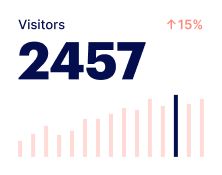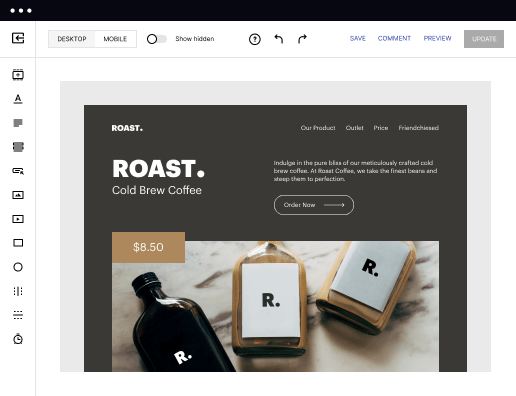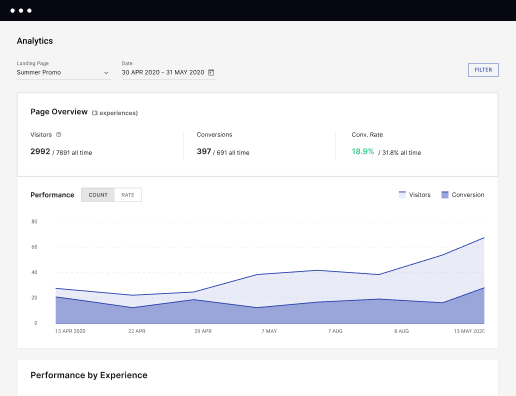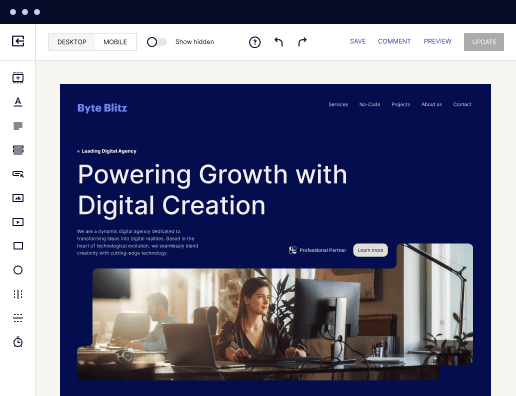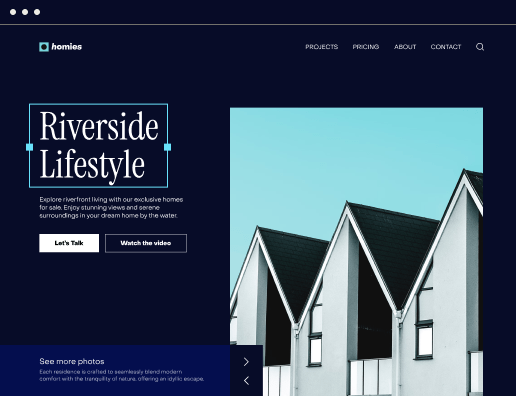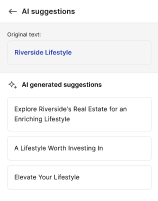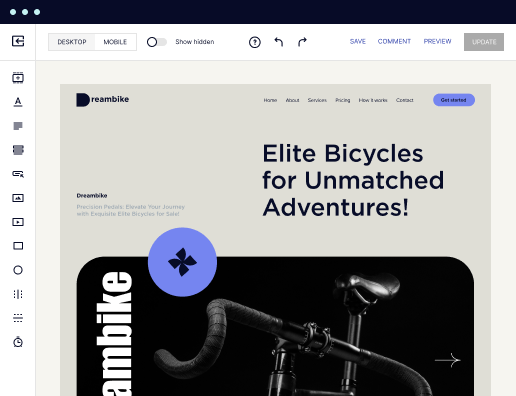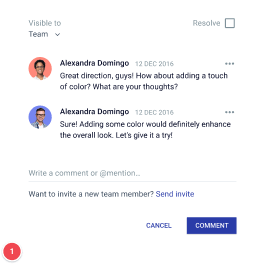Make your API documentation page optimized for Chromebook
Instapage empowers you to slash costs, skyrocket conversions, and deliver tailored experiences on Chromebook.
Create your API documentation page on Chromebook with Instapage for Enhanced User Engagement
Creating an efficient API documentation page on a Chromebook is essential for providing clear and concise user guidance, especially in tech, SaaS, and educational contexts. Instapage simplifies this process, allowing marketers to design informative, engaging landing pages that resonate with targeted audiences. Leveraging Instapage's flexible features enables users to escalate brand trust and increase conversion rates effectively.
Understanding the Importance of API Documentation
API documentation serves as a critical resource for developers, guiding them on how to utilize APIs effectively. A well-structured documentation page can significantly influence a user's decision to adopt a service. Consider the following reasons why creating an API documentation page is fundamental:
- Clarity: Detailed documentation ensures that developers can seamlessly integrate APIs, reducing potential user frustration.
- Accessibility: Well-organized documentation pages are easier to navigate, enhancing user experience and satisfaction.
- Trust: High-quality documentation reflects professionalism and reliability, which builds trust between your brand and potential clients.
Step 1: Planning Your API Documentation Structure
Before diving into the actual creation of your API documentation page, it’s essential to strategize its structure. A thoughtful outline can significantly enhance its usability. Plan to include sections like Overview, Authentication, Error Codes, and Examples.
Step 2: Utilizing Instapage Templates and Features
Once you've planned your structure, use Instapage's library of templates designed specifically for tech and marketing sectors to start creating your page. Here’s how to maximize these tools:
- Conversion-focused layouts: Choose from over 100 layouts that increase user engagement.
- Dynamic elements: Incorporate dynamic text replacement to personalize experiences for different audiences.
- In-built A/B testing: Optimize your landing pages continuously by experimenting with different layouts.
Step 3: Optimize and Launch Your Documentation Page
After creating the initial version of your documentation page, focus on optimizations. Utilize Instapage’s built-in experimentation features to refine your content continually. Consider the following actions:
- Heatmaps: Analyze on-page behavior to understand where users engage the most.
- Analytics dashboard: Assess performance metrics to make data-driven improvements.
- Feedback loops: Encourage user feedback to find areas needing enhancements.
By following these steps, you can create a highly relevant API documentation page that not only meets the needs of your audience but also reinforces your brand's trust and loyalty.
Ready to elevate your API documentation page on your Chromebook? Start your journey with Instapage today and watch your conversions soar!
Get more out of Create your API documentation page on Chromebook
Improve your Quality Score with quick load technology for landing pages
Increase conversions with content that aligns with your ads and audiences
Achieve maximum ROI by scaling your marketing initiatives
Leading the way in building high-performing landing pages





FAQs
See how to create your api documentation page on chromebook in action
Ready to skyrocket conversions?
Supercharge your ad campaigns with high-performing landing pages.
Get started
